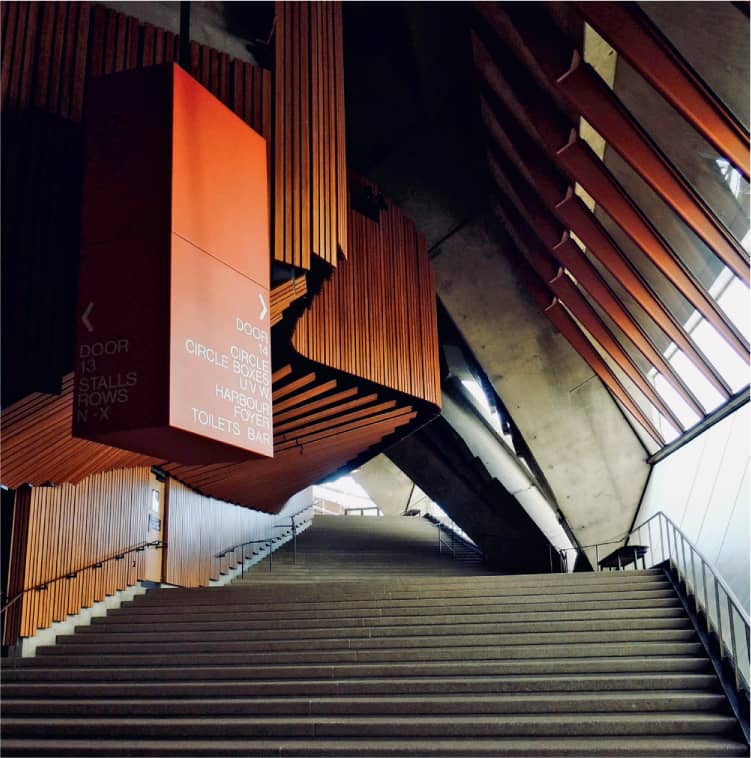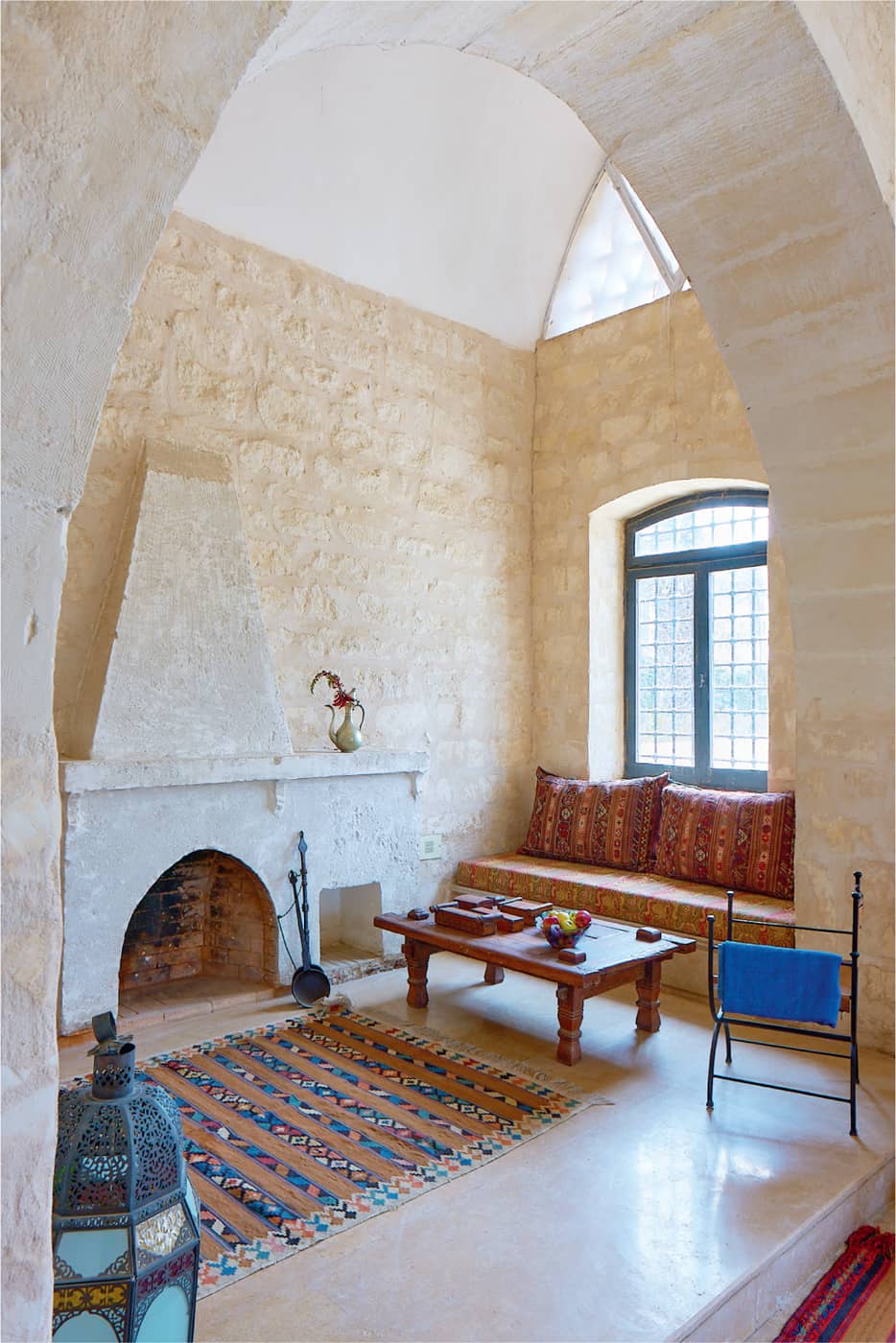75 Regionalism
The design features that are particular to a culture’s tradition and history.
Regionalism is the close examination of history and progress through the lens of a designer’s immediate geographic, cultural, and social context. It has a complex and contentious history within the design profession, as it has been perceived as an attempt to move away from a design culture that emphasizes innovation and progress.
The main theory of a regionalist approach came as a response to both the perceived monolithic aesthetics of the modern movement and the subsequent shift to historical reference in the postmodern period. The architectural historian Kenneth Frampton posited a theory toward a critical regionalism in an eponymous essay in 1983 “Critical regionalism should adopt modern architecture, critically, for its universal progressive qualities but at the same time value should be placed on the geographical context of the building.”
Regionalist design solutions look to their immediate environment, vernacular traditions, and materials choices that resonate with the designer and the users of the space. The resultant designs are considered to be more sympathetic with their surroundings, use form and materials in ways that align with a locale, and attempt to mediate between the forces of globalization, while not preventing modern design.

The interior of Utzon’s Sydney Opera House.

The interior of the Bagsværd Church designed by Jørn Utzon in Copenhagen, Denmark. The vaults and soft light echo traditional ecclesiastical design, while retaining a modern sensibility.

In this residence, the Egyptian architect Hassan Fathy used ancient forms updated with contemporary construction techniques to develop a highly regional aesthetic.
